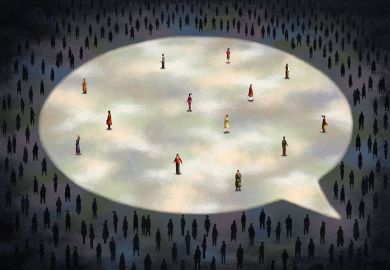The recent revolution in criticism called into question the writing of literary history. How could one write the history of literature if literature itself refused definition beyond that of just a text with no special force that could be measured objectively? Then there were the issues of taste, judgement, elitism, subjectivity, and power that, according to critics, larded such stalwart histories as those by George Ticknor, or Angel del Río. If the canon itself was under attack, how could its history escape detractors?
Michael Thompson et al unpack the title. New writing, they say in their preface , will avoid a cumbersome rehearsal of caveats and redefinitions. High and low are treated with a neutral tone: Juan Benet and Carmen Martín Gaite settle comfortably alongside a discussion of graffiti and comic books. Arrangement of material here is by theme, not chronology: power, family, a sense of reality, sexual pleasure, gay and lesbian writers. This means that a book or an author can make more than one appearance: Camilo José Cela in family and realism; Antonio Buero Vallejo in silence and a sense of reality. The effect of spreading out the impact of an author and of providing a strong sense of context is valuable, because the period covered includes a fascist dictatorship, transition into democracy and the development of a capitalist economy.
One expects in such an approach the resurrection of certain neglected figures but , surprisingly, in the case of Spain that means the recovery of such fascist apologists as José María Pemán, or the unabashed traditional playwright José María Rodríguez Méndez. It says a great deal about the power of liberalism that these are names hardly known in Spain or abroad.
The avoidance of value judgements seems more objective than it really is, for the inclusion or exclusion of an author is a normative act. The considerable space devoted to Ramón Sender’s novels tends to level him with Miguel Delibes, whose range of interests, willingness to take risks, and compassion put him in a class by himself in th is period of Spanish writing. Frequently, bestseller lists or critical reception seem to authorise a text and, if this is the case, why does a bestseller such as Javier Mari as deserve only a sentence noting that he is the producer of extremely writerly texts? Or Arturo Pérez Reverte, whose intelligence and monetary success built on Jorge Luis Borges and Umberto Eco, earns him dismissal as the author of self-conscious historical thrillers?
Questions of omission and focus arise in the analysis of any anthology or history, and presence and absence help to characteri s e the work under review. Poetry seems difficult to handle, especially when it passes beyond the politically committed verse of Victoriano Crémer. Did Animal de fondo (1948) by Juan Ramón Jiménez really have any effect in Spain? Except for Gerardo Diego, who understood it? Gloria Fuertes comes across better than Carlos Bouso ño , who is tagged as the “word-refining poet par excellence”. And Mar í a Victoria Atencia is entirely overlooked. Poetry does not respond, thank goodness, to such heavy phrases as “male-coded discourses of objectivity” , or “authoritative hegemonic accounts of truth”.
This book is about power and rhetoric, and it does extremely well in those texts in which the theme is up front: Cela, Delibes, Luis Martin-Santos, José Ruibal. From the viewpoint of what has been 60 years of Spanish writing, one of the saddest sentences is: “the discourse of resistance may in itself be complicit in reproducing the dominant order”.
Howard Young is professor of romance languages, Pomona College, Claremont, California, United States.
A New History of Spanish Writing
Author - Chris Perriam, Michael Thompson, Susan Frenk, Vanessa Knights
ISBN - 019 871516 1 and 871517 X
Publisher - Oxford University Press
Price - £40.00 and £14.99
Pages - 241



